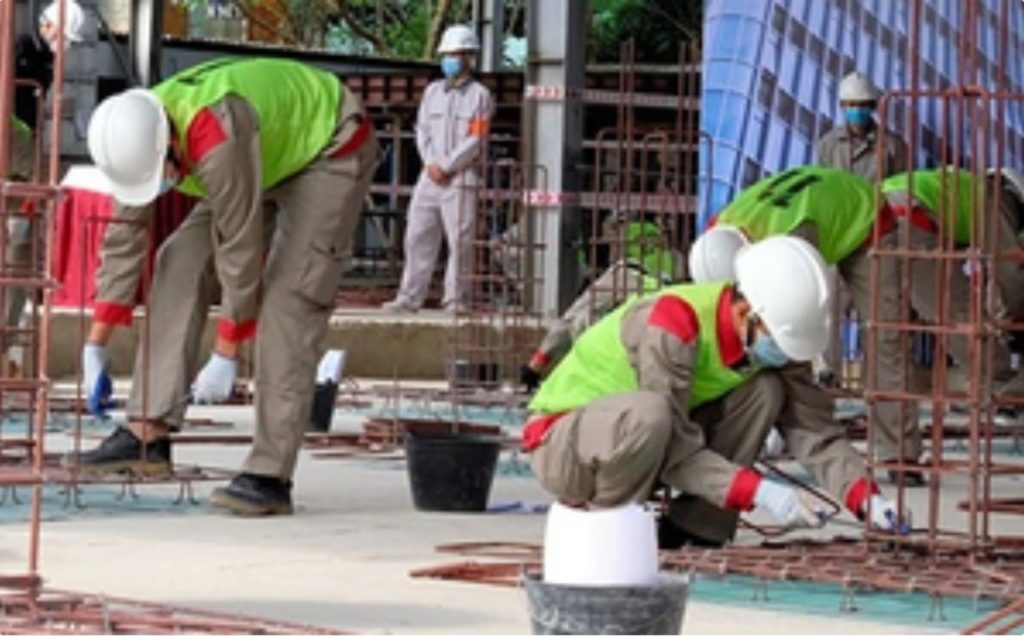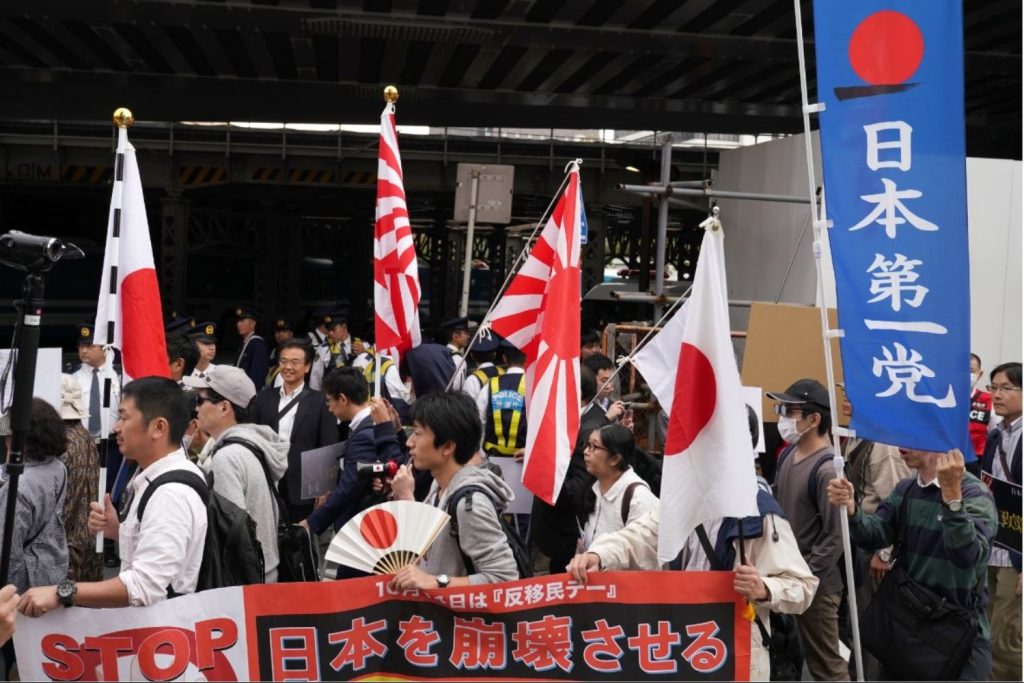Over the past decade, Japan has been actively seeking to address its aging population and labor shortages by opening its doors to foreign workers.

Migrant workers at a construction site. (Pic: Social Media)
The number of foreign workers in Japan exceeded the 2 million mark for the first time ever last year. The labor ministry on Friday released the latest result of its annual survey on employment of foreign workers or migrating labourers. To subscribe please click tau.id/2iy6f and access our live channel.
The ministry said that as of the end of last October, the number of foreign workers in the country was 2,048,675 — up more than 220,000, or 12.4 percent, from the previous year. The figure marked a record high for the 11th straight year.
DON’T MISS: Japan Defeats India to qualify Olympics 2024
What is Labour Migration
Migrant workers who work outside their home country are also called foreign workers. They may also be called expatriates or guest workers, especially when they have been sent for or invited to work in the host country before leaving the home country.
They are mostly casual and unskilled workers who move about systematically from one region to another offering their services on a temporary, usually seasonal, basis. They also contribute to growth and development in their countries of destination.
For Example: Migrant labour in various forms is found in South Africa, the Middle East, western Europe, North America, South Asia, South East Asia, and West Asia.

Japanese citizens holding protests against migrant workers. (Pic: Social Media)
Top Rank Holders
- By nationality, Vietnamese workers topped the list at 518,364, accounting for over a quarter of the total, followed by Chinese nationals at 397,918 and Philippine nationals at 226,846.
- The number of Indonesian workers had the highest growth year on year, at 56 percent, followed by those from Myanmar at 49.9 percent and Nepal at 23.2 percent.
- By residency status, 615,934 workers were ethnic Japanese or spouses of Japanese nationals, accounting for the largest group.
- There were 595,904 skilled professionals such as engineers and researchers, and 412,501 technical trainees.
The Employers
According to the latest tally, the manufacturing sector had the largest number of foreign workers, followed by the service and retail industries.
With the construction and medical and welfare sectors hiring more foreign workers, the rate of increase has come close to pre-pandemic levels.
In Japan, Tokyo houses largest number of foreign workers at 542,992 people, followed by Aichi Prefecture in central Japan at 210,159 people, and Osaka Prefecture in the country’s west with 146,384 people.
Conclusion
As the nation evolves into a more diverse and globally connected society, it is essential to prioritize integration, protect labor rights, and foster an inclusive environment. The impact of this demographic shift on Japan’s economy and society will undoubtedly be a focal point of discussions in the years to come.




